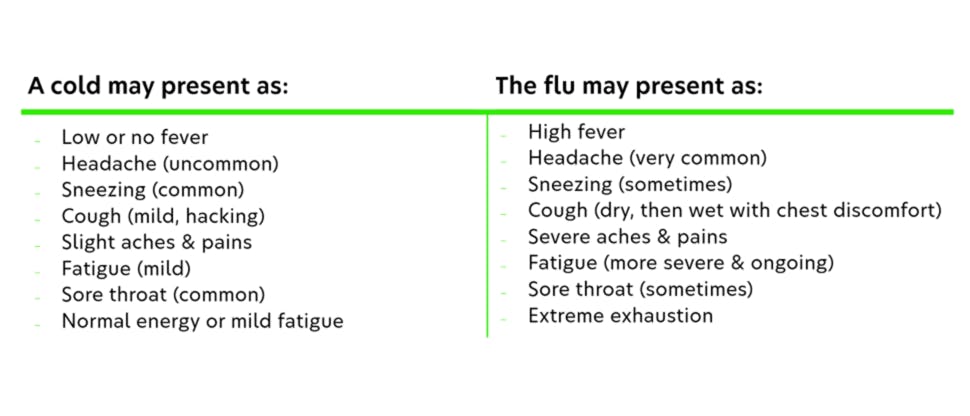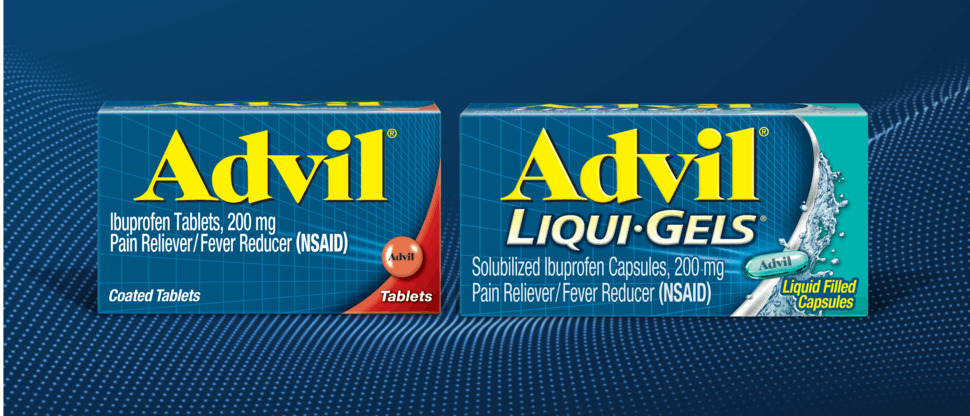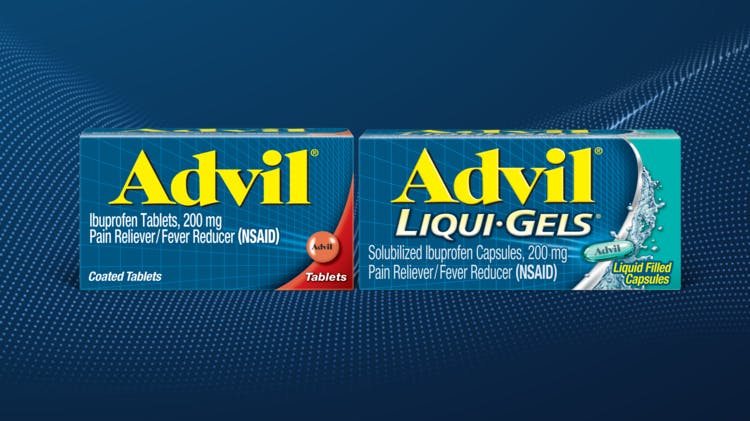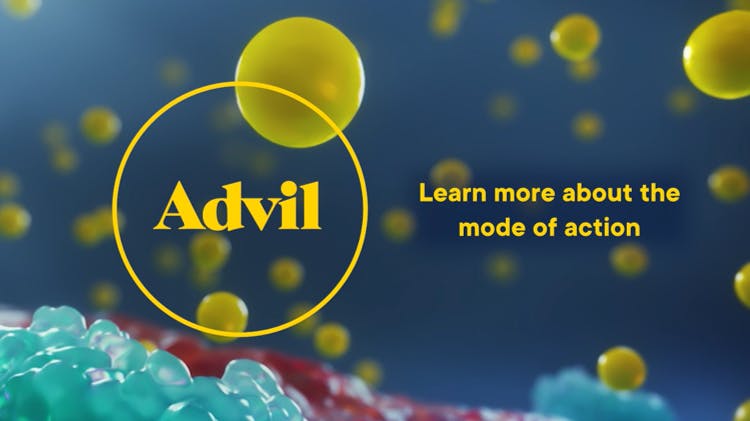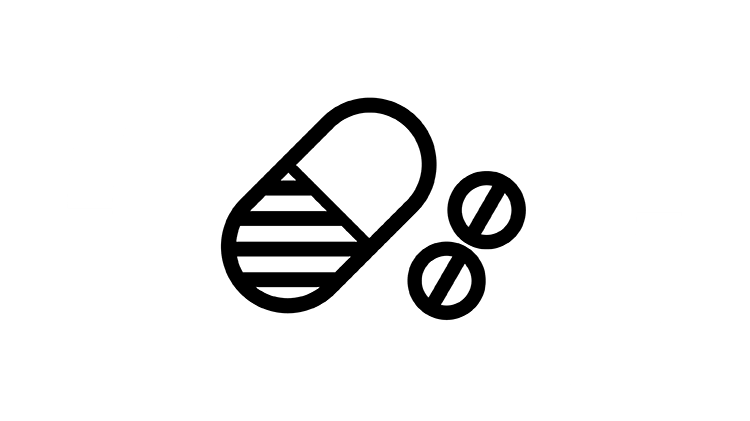It can be difficult for patients to know when to seek medical attention. You may want to print out the information here to let your patients know when to seek immediate medical attention.
For adults
Symptoms of particular concern that should prompt patients to seek immediate medical care include:
- Blue lips
- Chest pain
- Coughing up blood
- Confusion
- Dehydration
- Difficulty breathing
- Ear pain
- High fever (greater than 102 °F) for 3 or more days.
- Muscle pain
- Ongoing dizziness
- Seizures
- Severe weakness
- Severe vomiting
- Shortness of breath
- Sinus pain
- Swollen glands in the neck or jaw
- Worsening of existing medical conditions
If symptoms continue or worsen after 10 days, patients should also see a doctor.
For children
Symptoms of concern that should prompt care providers to seek immediate medical attention include:
- Fever of 100.4 °F (38 °C) in newborns up to 12 weeks
- Rising fever and/or fever lasting more than 2 days in a child of any age
- Fever with a rash
- Severe symptoms (headache, throat pain, cough)
- Difficulty breathing
- Bluish lips or skin color
- Wheezing
- Ear pain
- Extreme fatigue
- Unusual fussiness; doesn’t want to be touched or held
- Loss of appetite
- Not drinking enough fluids
- No tears when crying
If child’s symptoms continue or worsen after 10 days, seek medical attention.
Most cases of the common cold and flu are harmless. Pain and fever symptoms can be safely managed at home using over-the-counter medicines like Children’s Advil or for children ages 12 and over, Advil Tablets or Advil Liqui-Gels. Other symptoms may require a cough and cold medicine.
However, if symptoms worsen or if a patient has an underlying medical condition, it’s recommended they seek early medical intervention to limit the risk of further complications.

